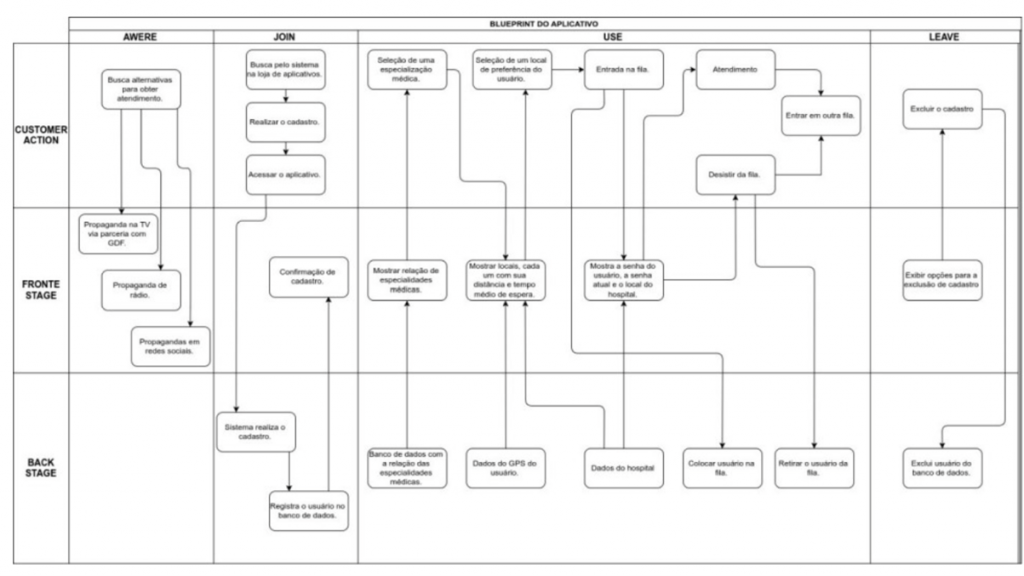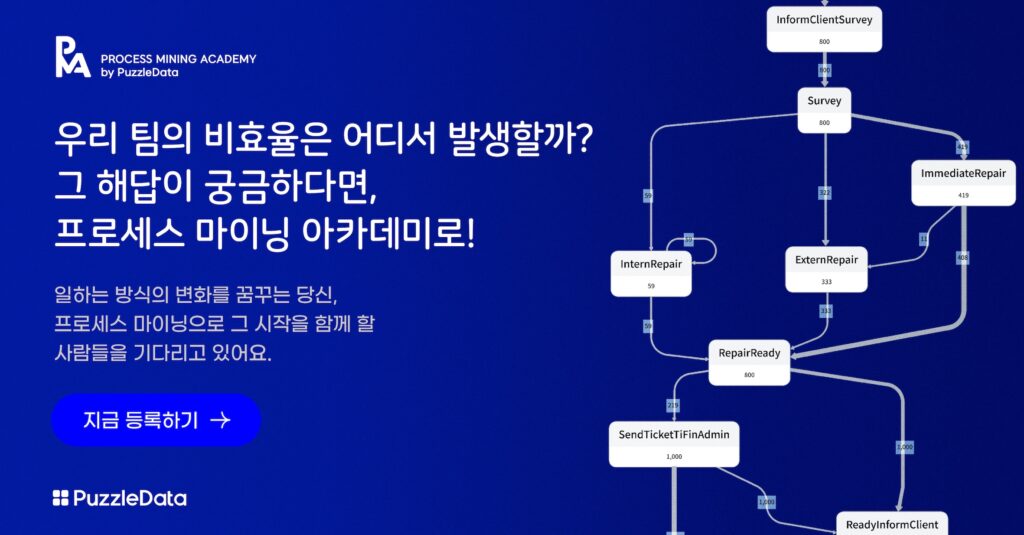Process Mining for IT System Management
Won Whi Ko | Feb 11, 2019 | 7 min read
Since the advent of ERP systems in the 2000s, most business operations within companies are now managed by IT systems. When new tasks or more sophisticated features are needed, operational departments request the development of new systems. Optimized features are developed to meet each specific situation and are provided to the operational departments. However, over time, efficiency tends to decline. Because systems are developed for each department’s specific requests, there can be overlapping functions, and the systems can become overly complex for users. As a result, companies end up paying substantial costs to maintain these systems, even as their efficiency diminishes.
In this article, we will discuss how process mining can be applied to IT system analysis to reduce maintenance costs and improve efficiency.
- Cost Reduction
In a system, one of the factors that can lead to significant costs is the existence of duplicate functionalities. To provide a simple example, consider the case where menu A and menu B share the exact same functionality. In such cases, the solution is to integrate these two menus into one.
However, it’s rare to have functionalities that are a perfect match. More often than not, similar but not identical functionalities are provided. In such cases, one may either opt to develop something new or choose between the two menus. In such scenarios, frequency is often used as a straightforward method for decision-making. If menu A is used 250 times in a week, while menu B is used 50 times, it might be concluded that menu A is more commonly used. Nevertheless, relying solely on frequency for decision-making can be risky. The situations in which menus A and B are used may differ. Menu B might be used in situations requiring urgent shipments. Deleting menu B in such a case would mean being unable to handle urgent shipments appropriately. Alternatively, there could be situations where menu A is generating an excessive number of occurrences. For example, if there’s a bug in menu A, causing it to run continuously, it might appear that menu A is being used frequently. In reality, out of 50 tasks, 10 might have used menu A and 40 might have used menu B, implying that menu B is more efficient for most tasks.
Through process mining, it’s possible to make a more accurate judgment by comparing frequency not just in terms of the simple usage frequency of menus A and B but from the perspective of the entire workflow process.
- Efficient System Configuration
As systems become more diverse, the way users perform their tasks can vary. Each work style has its own advantages and disadvantages, but there may be an optimal way to perform tasks. If most users follow a particular task execution pattern, it may be possible to use sequential pattern mining to identify the sequence in which tasks are performed. However, it’s not always certain that the way the majority performs tasks represents the optimal method. Determining how a workflow process should be structured in terms of the sequence of tasks is still a challenging task.
Process mining approaches the identification of the optimal process from the perspective of time, specifically, the time it takes to perform tasks. When comparing two task processes, A and B, that perform the same task, process mining can reveal which process is more optimal by examining the differences in task execution times. There are various reasons why A and B might show differences in execution time. It could be that A requires the use of a significantly larger number of menu options, or it might involve resource-intensive server operations.
By configuring systems to enable the identification of the most optimal task processes through process mining, organizations can work towards overall process improvements.
- Improve Business Transparency

Once IT systems are in place, it can be challenging for IT system administrators to understand how they are being used. Within organizations, there exist workflow diagrams similar to those described above. However, these workflow diagrams represent abstracted flowcharts of actual tasks. It is impossible to determine how IT systems are utilized from these workflow diagrams alone. Moreover, as systems become more complex, managing the increasing number of systems and understanding the relationships between systems and business processes becomes more challenging.
Analyzing logs generated by actual systems through process mining can reveal how business processes are executed (based on IT systems). It can also uncover exceptional cases that were not represented in the workflow diagrams.
In any process, inefficiencies are bound to exist, but identifying them is not always straightforward. Data visualization is the most accessible tool for discovering and confirming such issues. We recommend using process discovery to easily apply process mining, visualize inefficiencies within processes, and work on improving them, particularly through tools like ProM (Process Mining) and others designed for this purpose.

